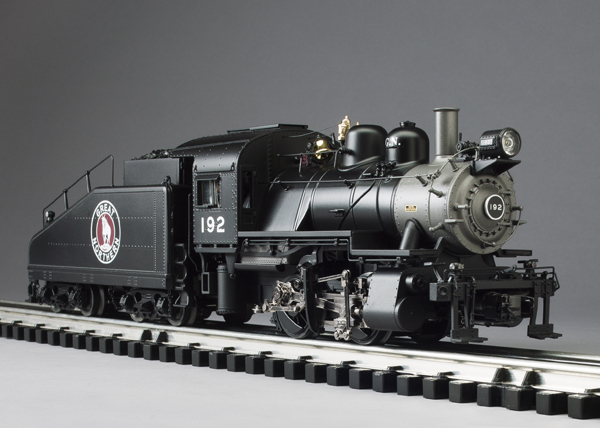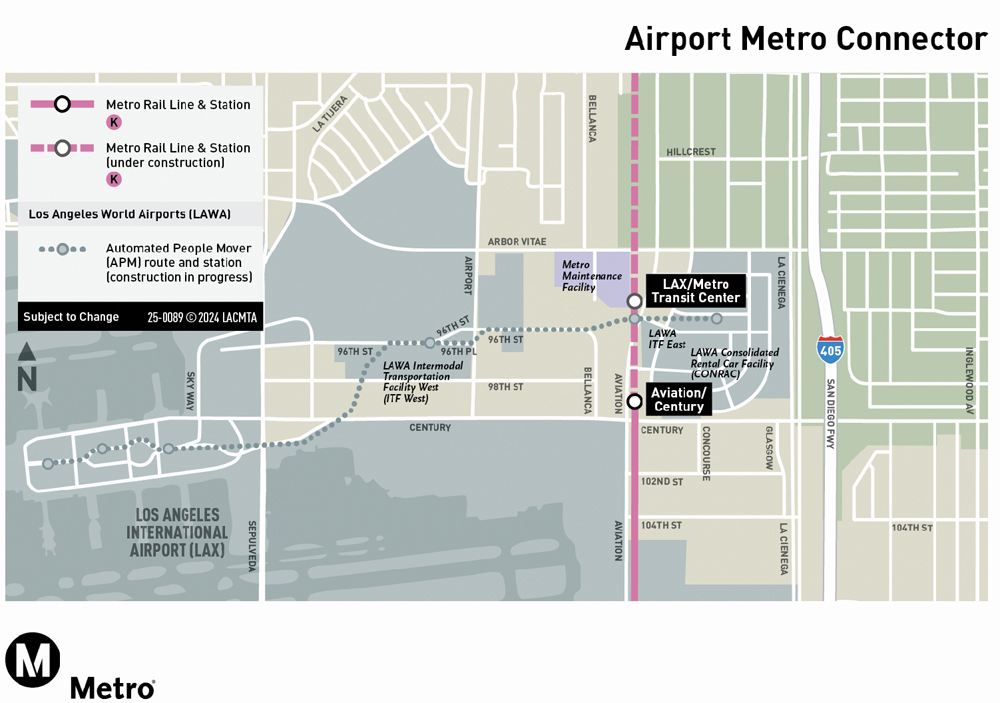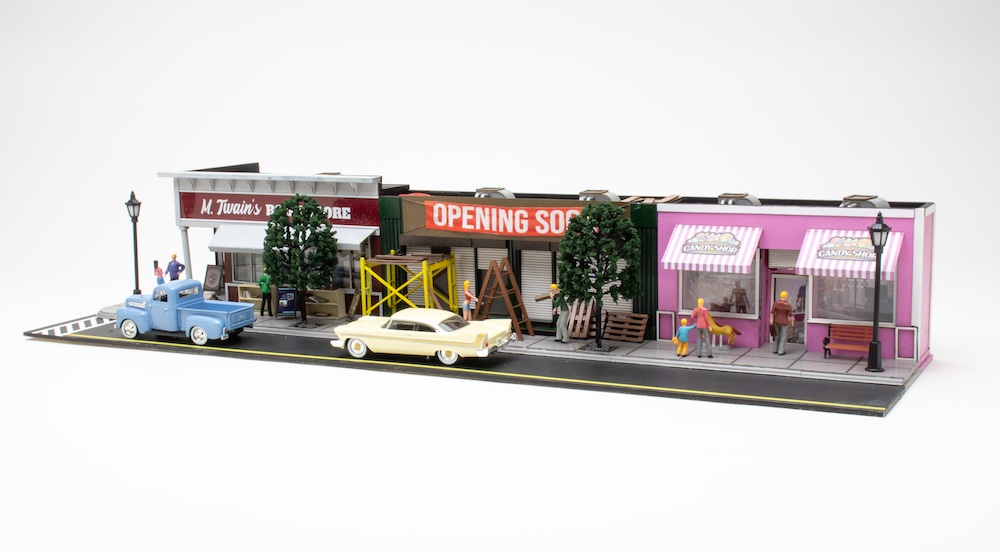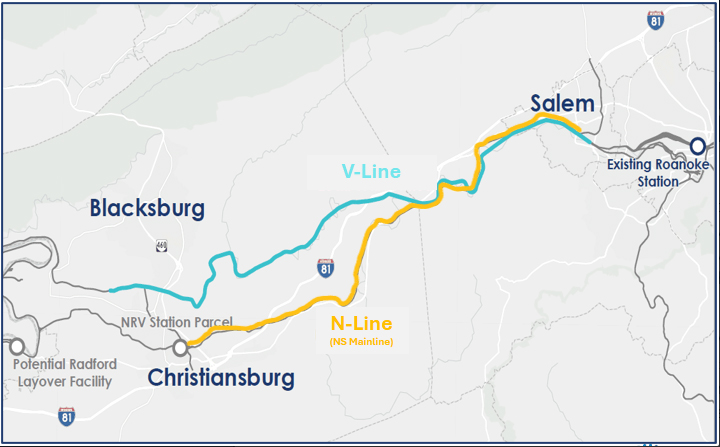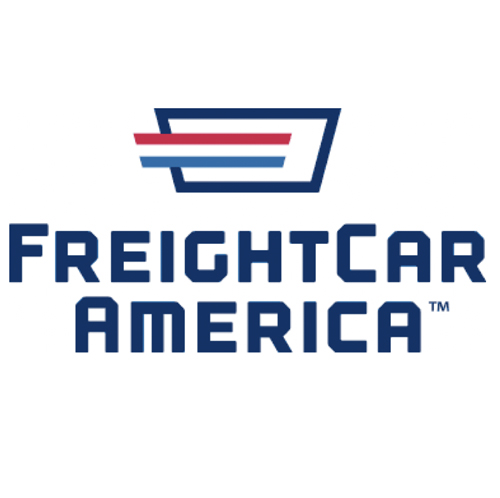Price: $699.95 (no. 20-2601-1) Min Curve: O-31 Cmd Low: 1.8 smph Cnv Low: 2.2 smph High: 44 smph Drawbar pull: 1 lb., 4 ounces Features: Die-cast metal construction, can-style motor, ProtoSound 2.0 command and sound system, two remote couplers, dual headlights, die-cast metal trucks and couplers Current road names: Baltimore & Ohio, Great Northern, Pennsylvania RR, Union Pacific
It’s a given that they aren’t going to be found on the front of a trans-continental express! But just because you don’t have a glamorous job doesn’t mean that you can’t stand out from the crowd.
This Premier Line model from MTH Electric Trains is based on the Pennsylvania RR A5-class steam switcher. This was a nimble little engine ideal for getting freight cars in and out of tight industrial settings. Though some 47 were built between 1916 and 1924, just a single example exists today. A5 no. 94 is displayed at the Railroad Museum of Pennsylvania in Strasburg.
Opening the box
My initial thought was that this O gauge locomotive needed to be in a display case. The attention to detailing is amazing for such a small package.
The pilot has brakeman’s steps, an uncoupler arm, and a brake line. The smokebox has deep, visible rivet and seal detailing, and there is a nifty number plate right in the center.
Grab irons curve along the bottom of the smokebox and topside, behind the headlight. A turbine is placed between the headlight and the smokestack. The sand dome is behind the stack, and two sand lines drop down both sides.
The steam dome has an add-on pipe running to the boiler. The boiler has boiler band and rivet and seam detailing cast in. The smokebox is painted gray, and the body strikes me as black.
A whistle and bell (both brass colored) are just ahead of the cab. A bell ringer runs to the bell and a tether to the whistle. You’ll find a short grab iron between the dome and the cab, presumably to allow a hostler to reach a red-painted valves.
Below the running boards you’ll find add-on pipes, and the firebox has nice rivet detailing. The running gear isn’t simplified; it looks more complex than on some locomotives with many more drive wheels.
The cab is a work of art, with exterior riveting, a sliding “sun roof,” grab irons over the side cab windows, and steps and grab irons on the cab rear. There is a textured deck plate dropping between the locomotive and tender. The tender uses MTH’s wireless drawbar, which is a vast improvement over the old coil of wire.
Inside, the rear and side windows have plastic panes to protect the crew. The backhead has red-painted valve handles and white-painted gauge faces. You’ll also find the firebox has “glow,” and there is a cab light on the top of the backhead.
The tender is no less amazing. The rear has steps, a grab iron, and an uncoupler arm. You’ll also find a backup light and two classification lights, along with quite a bit of simulated electrical conduit.
Arcing up the back are eight steps with cast-in texture and a handrail running to the top. There is a hatch for water and a chunk coal load in the fuel bunker. The front of the tender has steps and grab irons. Also present are truck chains.
Paint application was flawless, affirming my notion that this locomotive should be displayed in a glass case. It is beautiful. But we generally don’t buy trains to not be run, do we?
On the test track
I wanted to see how our MTH sample would run with several cars in tow. I began by adding a few very heavy Williams Superliner cars. I figured the weight and the illumination might slow it down. Nope, it handled them very well.
Then I connected all the cars sitting on the CTT test track, freight as well as passenger and turned up the juice. Lo and behold, the traction tires dug in and slowly got the consist moving. While the train was running full-tilt, it was somewhat slower than running unencumbered. But the switcher moved more cars than I’d anticipated!
The smoke unit was impressive, and the sound package was nice, as well. It was a surprise to hear such deep sounds from a locomotive this small. You envision high-pitched squeaks, and wouldn’t know the sounds weren’t coming from, say, a 2-8-0 if you didn’t see it.
This A5-class design is a winner. It looks good enough to sit on your desk, yet on the track it performs switching duties as well as you’d hope. Whether you have a large layout or small bedroom pike, this 0-4-0 is a good utility engine to add to your roster.





